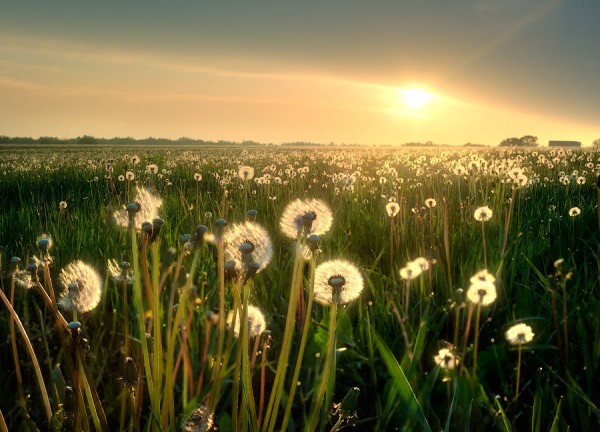Weeding out the facts ... about weeds
Weeds are the bane of every homeowner with a lawn and landscaping.
They’re as predictable as 80-degree days in July (with the exception of this year, perhaps). The parade of unwelcome greenery never stops – pick one from the ground, and another soon reappears.
Wisconsin’s most common weeds are straight from a botany baddies list: dandelions, thistles, garlic mustard, clover, creeping charlie and wild violet. Most are invasives that arrived hundreds of years ago. Unfortunately, they aren’t going back.
If you’re seeing more weeds than normal, chalk it up to the summer of 2014: cool and wet. Weeds love these conditions. The battle ensued early, and hasn’t stopped.

So what to do? First, understand how weeds spread. Weeds migrate from planting beds into lawns. Many homeowners incorrectly presume the reverse. If you want to control weeds in your lawn, start with the landscaping.
The best preventive attack employs a pre-emergence granular herbicide, such as Preen. Add it to planting beds before weeds flower and release seeds.
Mulch helps, too. Maintaining a proper level – 3 inches – hinders many weeds from ever getting started.
No matter the efforts, you’ll still have to deal with some weeds. Picking them is best done when soil is moist, such as after rain. Aim to get the whole root.
Be sure to dispose of pulled weeds away from planting beds, too. They might be laden with seeds. Often the roots can regerminate. Don’t give them a second chance!
You might want to attack the weeds with chemical herbicides. Plenty are available. What’s the best approach? We’ll tackle this topic next week, and some of the details might surprise you.
<<-- Back to List
Email to a friend